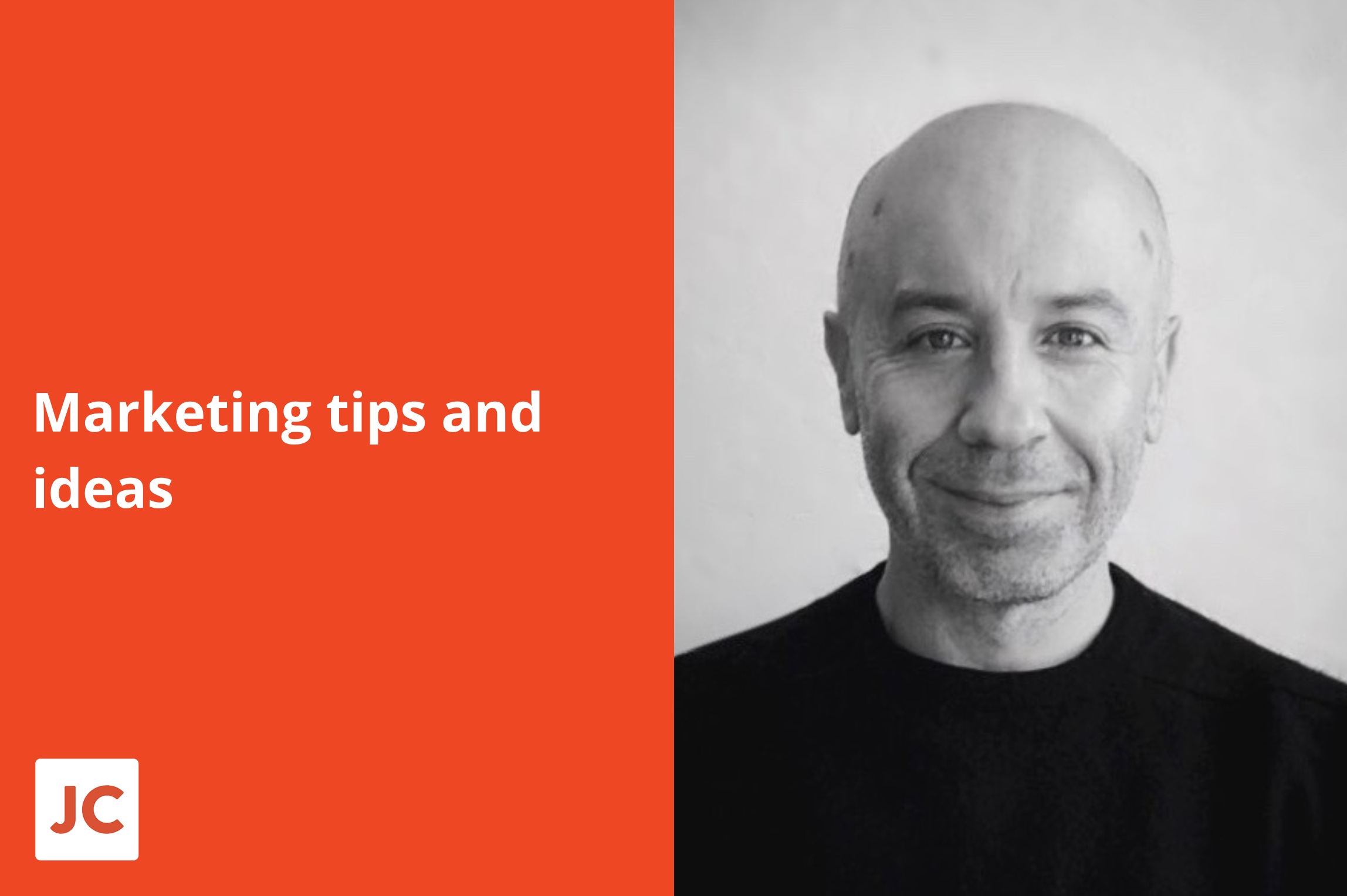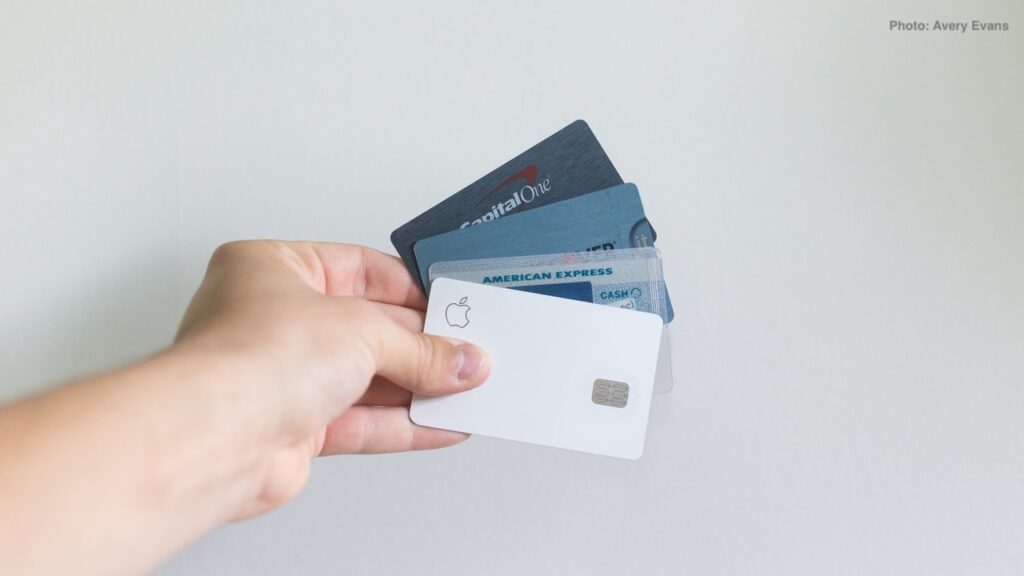
This is borderline crazy. It’s totally unsustainable. And it applies to all service providers, not just the 3 examples I mention here.
There are training providers, coaches and consultants out there. Right now. Today. Selling training, coaching and consulting. And they’re wondering why no one is interested.
Seriously.
The economy is horrible, budgets have been slashed. But for some reason, these trainers, coaches and consultants are trying to sell their services.
That makes no sense at all from a marketing perspective. It’s literally the wrong way round.
Why?
Because no prospect on the planet gives a crap about the service the provider offers.
Prospects care exclusively about their own urgent need. So, prospects are looking for the end result. Prospects pay for the end result. Prospects hire those who offer the end result.
Telling a prospect who’s urgently looking for that end result, all about how amazing your service is, or that it delivers, is tone deaf. It loses you prospective client enquiries. It’s not like the prospect thinks the provider is going to say their service is terrible and fails to deliver.
Look at the marketing of any small business in the service industry. Especially their websites. The vast majority use their homepage, their primary opportunity to grab the attention of the prospect, to… tell prospects how great they are, list some high profile clients and testimonials.
Wrong, wrong, wrong.
By this point, they’ve already lost the prospect’s attention, and their enquiry, to a professionally marketed competitor.
Any service provider making this mistake needs to fix it.
Then look at everything else. Because if they’re making that kind of elementary, fundamental marketing error, it’s certain they are making lots more expensive mistakes, too


















